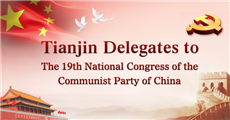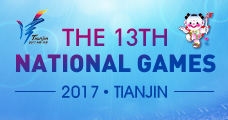When it comes to museums, Tianjin leads the way. Yang Cheng takes a look at an institution that turns 100 this year
The Tianjin Museum is a prime example of China's bid to learn from the West how to showcase history and culture, says the curator Chen Zhuo.
The museum, which turns 100 in June, was China's first public museum. It was set up by local official Yan Zhiyi (1882-1935) in 1918, inspired by his father Yan Xiu (1860-1929), a renowned educator who founded the prestigious Nankai University, and someone who was a strong advocate of a Western education system.
While some experts say that the credit for the first museum in China should go to entrepreneur Zhang Jian (1853-1926), for his efforts in Nantong, in East China's Jiangsu province, the curator counters this saying "it (the Nantong museum) was a private one, not one initiated by the government."
As for Yan Xiu's background, the educator was exposed to Western thought during the Self-Strengthening Movement (1861-95), which was championed by scholar-generals like Li Hongzhang (1823-1901).
Then, Yan Xiu was among the Chinese who went to the West to imbibe new ideas. Later, he encouraged his family members to focus on education to boost the country's prospects, and he got the idea to establish a museum, a dream which his son realized.

Ideal location
Speaking about why Tianjin saw China's first museum, the curator says: "When you look at the history of Tianjin, the setting up of the museum in such a city seems obvious as it boasts a Westernized outlook."
Tianjin was one of the earliest ports opened to foreigners; and many entrepreneurs launched their businesses there after learning skills from the West. And the city also saw the setting up of the country's first modern army, private hotel, university and the issue of the first postage stamp.
So, the setting up of Tianjin Museum was no surprise. In its early years, between 1918 and 1937, the museum was open to the public on a regular basis, and periodically granted free entry without tickets.
Tianjin Museum was also the first one in China to have a museum council - comprising government officials and members from civil society - to run the institution.
A major part of the funding for the museum in the early days came from the government, while the remainder was mobilized from the public.
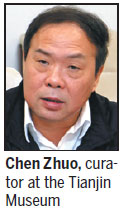
Separately, the curator says, the museum was the first one to publish books by China's top oracle researcher Wang Xiang (1876-1965).
At one point, in the 1920s, when Tianjin was administrated by Hebei province, the museum was called Hebei Museum, and published a half-monthly journal which covered global history.
New birth
Since the founding of New China, the museum has been merged with several other museums, including a local history museum and an art gallery.
In 2012, a new museum, involving an investment of 830 million yuan ($130.9 million), was opened.
The total area of the new museum covers 55,000 square meters including 16,900 sq m of exhibition space, 12,117 sq m of archives and 13,279 sq m of public space.
The highlights of the new museum's collection are oracle bones, jade ware, bronze ware, seals, glided bronze Buddhist sculptures, ancient Dunhuang texts (Dunhuang is best known for its Buddhist cave sites), paintings, stele rubbings, calligraphy and ceramics.
Separately, technology has become a new tool used by the museum to preserve its antiques, the curator says. And, between 2014 and 2016, the museum invested 10 million yuan to equip itself with state-of-the-art monitors for humidity, temperature, air and light to safeguard its 200,000 pieces.
Speaking about the future, curator Chen says: "We are keenly aware of the challenges for the museum.
He adds that with the advent of the digital era and new media the museum is studying ways to use the new technologies.
On the funding issue, Chen says that many countries allow tax deductions or rebates to those who fund museum activities, but China does not have such policies.
Also, when it comes to educating citizens about museums, Chen says that the country still has some way to go.
"We hope China will include lessons about museums too, as is done abroad," the curator says.
As for the future of Tianjin Museum, the curator hopes it can write a new chapter in the transformation of China's museum sector.
Contact the writer at yangcheng@chinadaily.com.cn
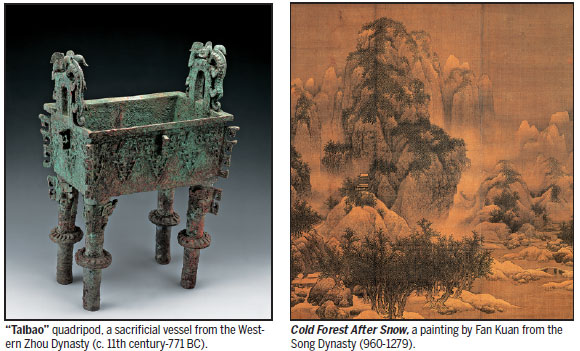
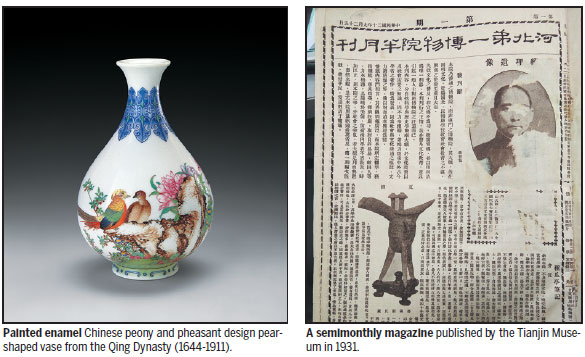
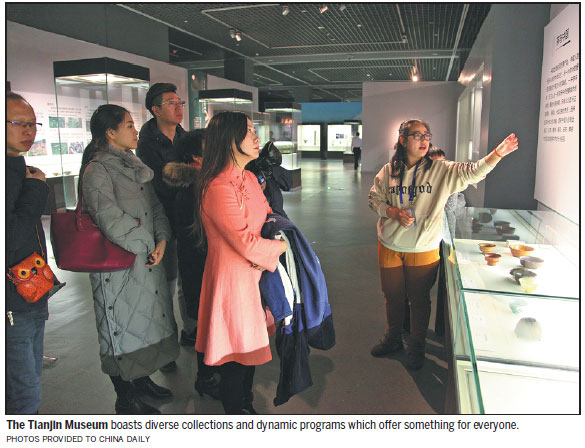
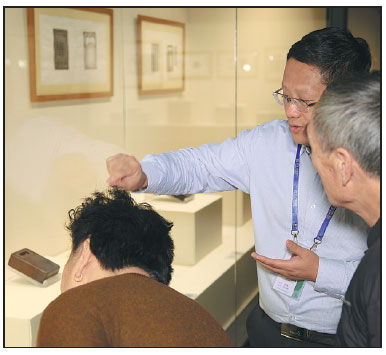
(China Daily 03/18/2018 page8)
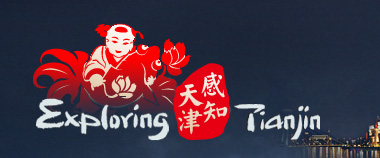
 Culture
Culture
